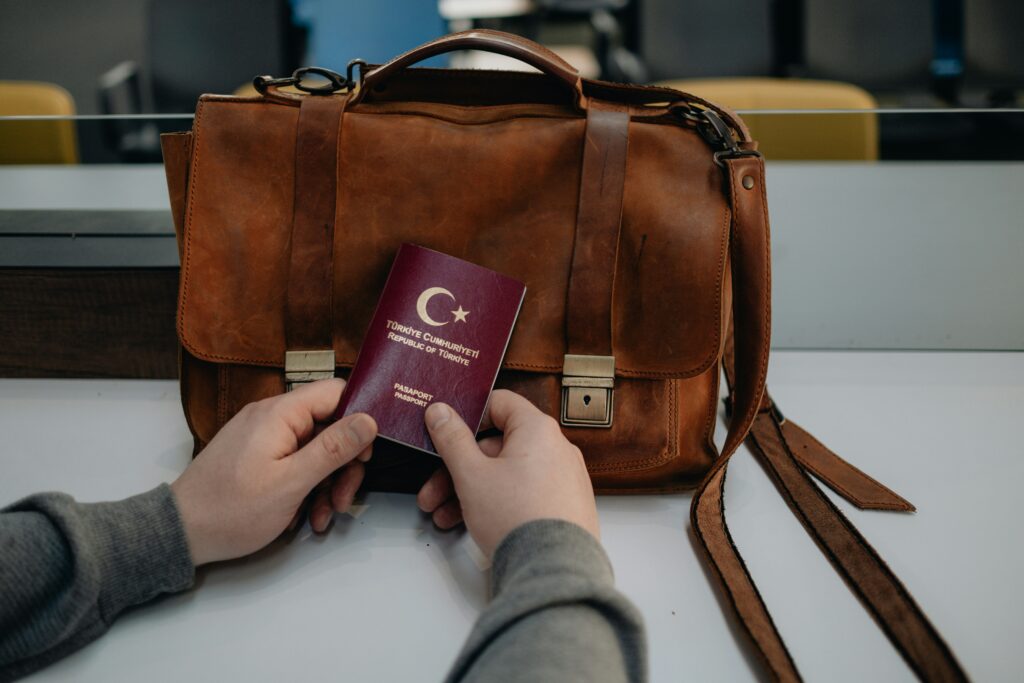What Countries Should US Citizens Not Travel To?


Traveling abroad can be an exciting and enriching experience, offering new cultural insights, adventures, and memories. However, there are times when specific destinations may pose risks to safety and security, necessitating that US citizens exercise caution. The U.S. Department of State regularly updates travel advisories based on factors such as political instability, crime rates, natural disasters, and health risks. Understanding these advisories can help travelers make informed decisions about their destinations. In this article, we will highlight countries where US citizens may face heightened risks and should consider avoiding or carefully evaluating before traveling.
Countries with Ongoing Conflict
Some countries are currently embroiled in active conflicts, and traveling to these regions can expose travelers to significant risks. Civil wars, armed insurgencies, and disputes with neighboring nations can make certain areas dangerous, especially for foreigners. In these regions, travelers risk getting caught in violent confrontations, terrorism, and lawlessness.
For example, Syria remains one of the most dangerous places in the world for travelers. The ongoing civil war, combined with the presence of extremist groups, creates a volatile environment. Likewise, Afghanistan, though slightly more stable in certain regions, continues to be a hotspot for terrorist activity and political instability. US citizens may face threats of kidnapping, bombing attacks, and violence. It’s advisable to check travel advisories regularly and avoid these areas until the situation stabilizes.
Other countries experiencing conflict that US citizens should avoid include Yemen, where a civil war has been raging for years, and Libya, which is marked by political unrest and militia activities. In these situations, even tourists who are not directly involved in the conflict could be caught in the crossfire or become targets of violence.
Nations with High Crime Rates
Crime is another primary concern when considering travel destinations. While many countries may seem safe for tourists, some may have regions where violent crime and theft are rampant. These areas can pose a serious threat to travelers, especially those unfamiliar with local customs or unaware of the dangers in specific neighborhoods.
Honduras, El Salvador, and Guatemala, for example, have some of the highest homicide rates in the world, primarily due to gang violence and organized crime. In these countries, tourists can become targets for robbery, kidnapping, or even murder, particularly in some urban regions. The risk increases for travelers who venture into less populated or unfamiliar areas.
Mexico, although a popular destination for many Americans, also has areas with high levels of drug cartel-related violence. States like Guerrero, Sinaloa, and Michoacán are known for their cartel activity, and violence can erupt suddenly. US citizens traveling to these areas may find themselves in dangerous situations, and it’s essential to stay informed of travel advisories and avoid high-risk regions.
Countries with Political Instability
Political instability can make a country unpredictable and unsafe for tourists. In some countries, frequent protests, civil unrest, or governmental changes can result in violence and disruptions to daily life. Travelers caught in such situations may encounter difficulties with transportation, access to services, or even face a risk of harm.
Venezuela is a prime example of a country suffering from political and economic turmoil. Hyperinflation, a shortage of basic goods, and violent protests have made Venezuela a dangerous destination for US citizens. The country’s deteriorating infrastructure and healthcare system further complicate the safety of travelers. US citizens should avoid traveling to Venezuela as the political and economic situation remains unstable.
Similarly, countries such as Belarus and Myanmar are experiencing heightened political tensions. Protests and crackdowns on dissent in these nations have led to violent confrontations between civilians and security forces. Travelers should avoid these countries to minimize exposure to political unrest and potential danger.
Nations with Health and Environmental Risks
In addition to political and security risks, certain countries pose significant health risks, including outbreaks of infectious diseases and poor sanitation conditions. US citizens should be aware of potential health hazards that could affect their safety during travel.
For instance, countries like Nigeria and the Democratic Republic of Congo are grappling with frequent outbreaks of diseases like Ebola, the Zika virus, and yellow fever. These outbreaks can pose serious health risks to travelers, and the lack of proper healthcare facilities in some regions can make it difficult to receive treatment if infected.
Another country with significant health risks is India. While it remains a popular travel destination, India’s air quality in major cities, such as New Delhi, often exceeds hazardous levels, leading to respiratory problems. The lack of proper sanitation in many areas also contributes to the spread of diseases like cholera and malaria. US citizens should take necessary precautions and stay informed about the local health situation before traveling to India.
Additionally, natural disasters such as earthquakes, tsunamis, and hurricanes are more common in some regions. Countries situated along the Pacific Ring of Fire, such as Indonesia and the Philippines, are prone to earthquakes and volcanic eruptions. In the Caribbean, nations like Puerto Rico and Haiti are frequently affected by hurricanes and tropical storms, which can disrupt travel plans and pose significant safety risks.
